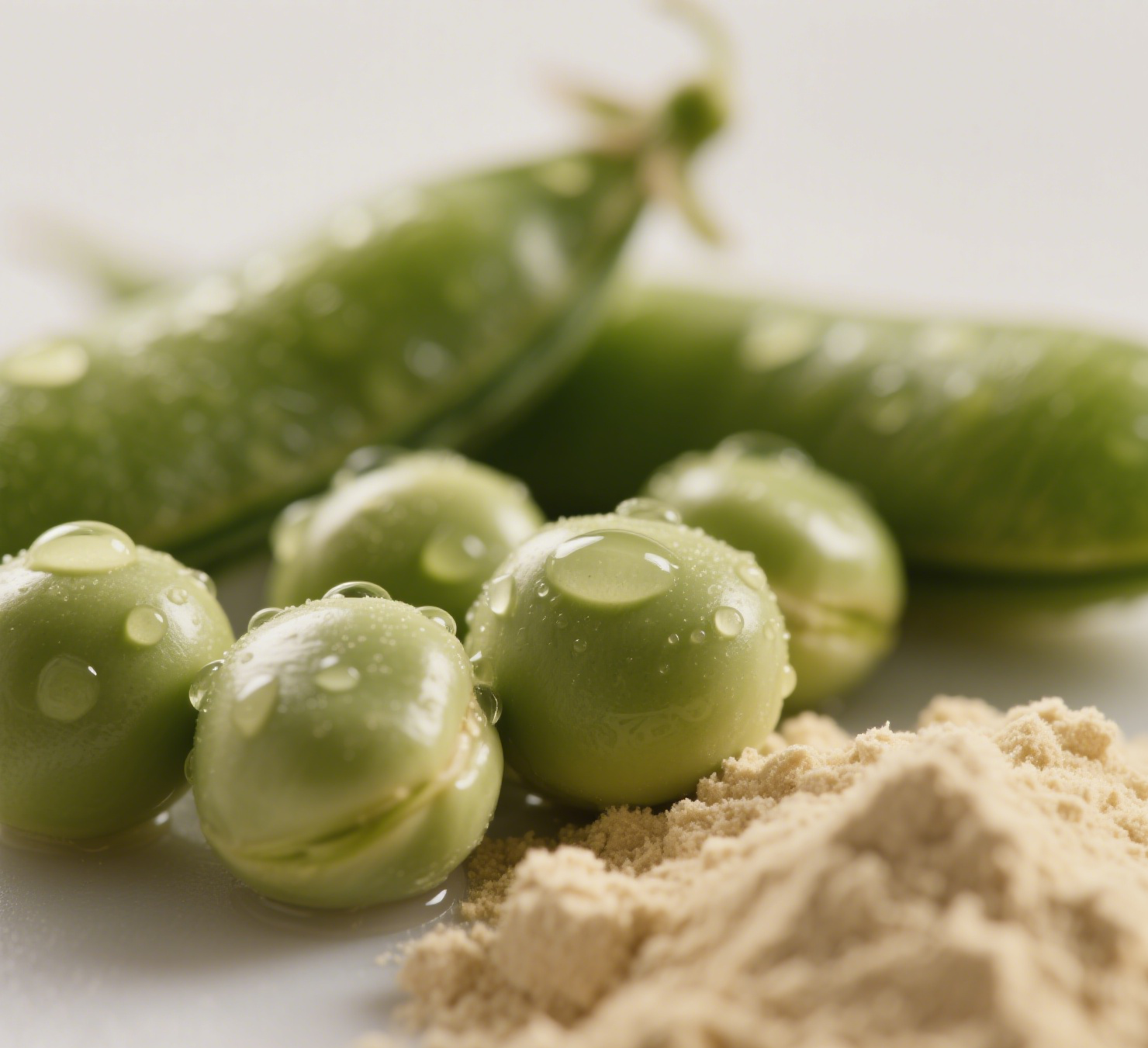pea protein price
Pea protein price represents a critical factor in the plant-based protein market, reflecting the growing demand for sustainable and allergen-free protein alternatives. The current market dynamics show competitive pricing compared to traditional protein sources, with rates typically ranging from $4 to $8 per kilogram, depending on quality and processing methods. This protein source is derived from yellow peas through a sophisticated extraction process that maintains its nutritional integrity while ensuring cost-effectiveness. The price point is influenced by several factors, including raw material availability, processing technology advancement, and market demand. Manufacturers utilize advanced filtration and separation techniques to produce various grades of pea protein, each commanding different price points based on protein concentration levels, typically ranging from 80% to 85%. The pricing structure also reflects the product's versatility in applications across food and beverage industries, sports nutrition, and plant-based meat alternatives. As production scales increase and technology improves, the pea protein price continues to become more competitive, making it an increasingly attractive option for manufacturers looking to develop plant-based products while maintaining reasonable profit margins.


